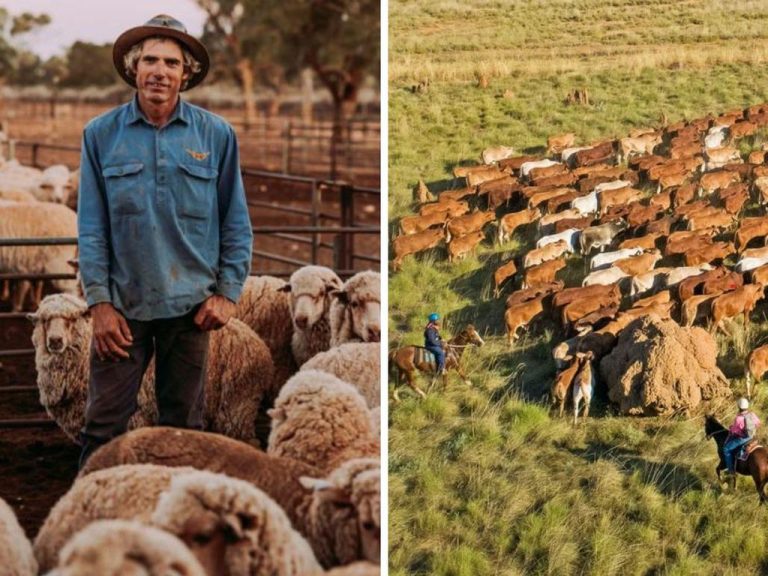ASIC review of stamp duty reporting could spark super fund splurge on property

Property Council Mike Zorbas says current rules drove billions of dollars of away from new Australian homes. Picture: NewsWire / Martin Ollman
Moves by the corporate regulator to review the reporting of stamp duty charges by superannuation funds could spark more investment into real estate assets.
Complaints about current rules, which have restricted property investment, prompted the government to order a review to be undertaken by the Australian Securities and Investments Commission, backed by chairman Joe Longo.
The Property Council of Australia has welcomed the announcement of a review into the technical reporting of the stamp duty charges, which it said drove tens of billions of dollars of investment away from new Australian homes, commercial and industrial property.
It said the requirement under ASIC’s Regulatory Guide 97 had discouraged investment into the delivery of new city assets because of the disproportionate impact those unavoidable taxes had on the reported fees and costs of funds.
A simple and zero-cost change to stamp duty reporting requirements under RG 97 could see close to $10bn flow towards new supply within a few years. The PCA estimated that meant up to 35,000 additional new homes for Australians to own and rent over the next five years, at zero cost to the government.
Property Council chief executive Mike Zorbas emphasised the importance of getting institutions into backing property projects.
“This is especially important at a time when state governments are carrying heavy debts around the country,” he said. “Currently, superannuation funds are being penalised for investing our money in Australian housing, offices, industrial parks and shopping malls – all vital to world-class, productive cities.”

ASIC chairman Joe Longo. Picture: David Geraghty
He said current rules, which make super funds’ housing investments look more expensive than they are, created an uneven playing field. Under RG 97, super funds that invest directly in property – including housing – are required to report unavoidable costs like stamp duty as part of their fee disclosure.
Under the current rules, those taxes get lumped in with investment fees and make funds look more expensive than they are in reality. By contrast, superannuation funds investing in similar assets face no such disclosure burden. They can absorb those same costs without triggering fee reporting rules, giving them a cleaner profile and a clear advantage.
The PCA said the uneven playing field had penalised super funds for backing long-term housing supply and productivity-boosting projects.
CBRE regional director Andrew Purdon called out the importance of the measure at a time when Australia faced a critical shortfall in rental housing. He said that as policymakers weighed reform, there was urgent action required to unlock institutional capital, particularly from Australia’s $3.5 trillion superannuation sector.
“The scale of under-supply across our cities is arguably Australia’s biggest economic challenge. We need offshore and domestic capital to invest to boost supply. The majority of institutional capital investing in our rental housing markets including build-to-rent and PBSA are offshore,” he said. “We need to create a policy environment which incentivises Aussie super funds to invest at scale in housing, as many of them are doing overseas.”







